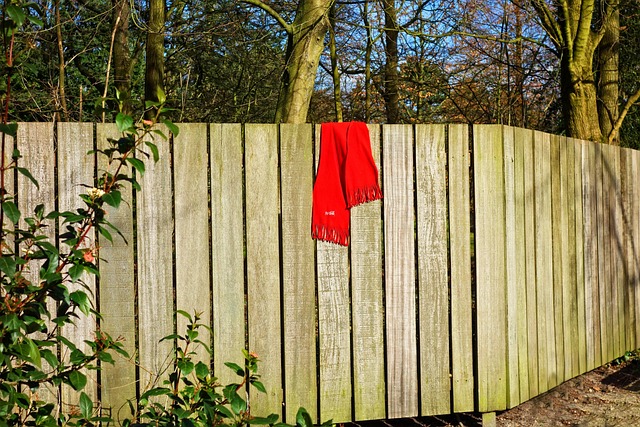In the face of relentless coastal elements, selecting the right fencing material is paramount. This article delves into the enduring appeal of durable wooden fencing for coastal areas. We explore why wood offers an attractive, eco-friendly alternative to traditional materials, while examining key durability factors in harsh environments. From choosing rot-resistant species suited to saltwater exposure to installation best practices for beachfront properties and maintenance strategies for longevity, this guide equips homeowners with essential knowledge for a robust and beautiful coastal fence.
- Why Choose Wooden Fencing for Coastlines?
- Durability Factors in Coastal Environments
- Types of Wood Ideal for Saltwater Exposure
- Installation Tips for Beachfront Properties
- Maintenance and Longevity Strategies
Why Choose Wooden Fencing for Coastlines?
Wooden fencing offers an attractive and durable solution for coastal areas, where traditional materials like concrete or metal might not be as suitable. Its organic beauty seamlessly blends with the natural surroundings, creating a harmonious landscape. Unlike synthetic alternatives, wood has a timeless appeal that enhances the overall aesthetic of any property, especially along shorelines.
Additionally, carefully selected and treated wooden fences can withstand harsh coastal conditions, including salt air, high humidity, and strong winds. Modern preservation techniques ensure longevity, making it a sustainable choice. This eco-friendly option not only reduces maintenance requirements but also minimizes the environmental impact, making it an appealing and responsible selection for coastal residents.
Durability Factors in Coastal Environments
Wooden fences, when strategically chosen and maintained, can withstand the harsh coastal environment. Durability in this context means a fence that can resist the relentless exposure to salt air, high humidity, frequent rainfall, strong winds, and the occasional impact from marine life like sea birds or boats.
Key factors contribute to wood’s longevity in these conditions. First, treated wood with preservatives offers superior protection against moisture and pests. Additionally, certain types of wood naturally possess higher resistance to rot and decay. For coastal areas, selecting hardwoods known for their durability—like redwood, cypress, or treated cedar—ensures a fence that can endure the unique challenges presented by the salty sea air.
Types of Wood Ideal for Saltwater Exposure
When it comes to durable wooden fencing for coastal areas, choosing the right wood is paramount as it’s constantly exposed to saltwater and harsh weather conditions. Certain types of wood are naturally resistant to rot, decay, and corrosion, making them ideal for such environments. Some popular choices include cedar and redwood, known for their inherent resistance to moisture and insects. These woods have a natural oil content that repels water and prevents the absorption of salt, ensuring they can withstand coastal conditions for extended periods.
Beyond these native options, treated wood varieties like pressure-treated pine or cypress are also suitable. These woods undergo industrial processes to enhance their durability by infusing them with preservatives that protect against both moisture and saltwater damage. This treatment significantly extends their lifespan, making them cost-effective choices for coastal fencing projects.
Installation Tips for Beachfront Properties
When installing wooden fencing on beachfront properties, several key tips can help ensure durability and longevity. First, choose a high-quality, pressure-treated wood designed to withstand salt water and extreme weather conditions. This treatment not only enhances the wood’s resistance but also prolongs its lifespan.
Before installation, properly prepare the site by clearing away debris and ensuring proper drainage. This step is crucial to prevent water accumulation around the fence, which can lead to rot or damage. Additionally, consider using a waterproof barrier between the wood and the ground to offer extra protection against moisture intrusion.
Maintenance and Longevity Strategies
Durable wooden fencing designed for coastal areas requires a specific set of maintenance and longevity strategies to withstand the harsh marine environment. Regular cleaning is essential to remove salt buildup, which can accelerate wood decay. A simple wash with soapy water and a soft brush should suffice during the initial setup; afterward, an annual deep clean will help preserve the fence’s integrity.
Coating the fence with high-quality, water-resistant preservatives and sealers every two years is crucial. These protective layers not only shield the wood from moisture but also block salt and UV rays, which can cause significant damage over time. Additionally, ensuring proper drainage around the fencing system prevents water accumulation, further reducing the risk of rot and decay. Regular inspection for signs of wear, such as loose or damaged boards, is vital to catch potential issues early on, making repairs more manageable.
